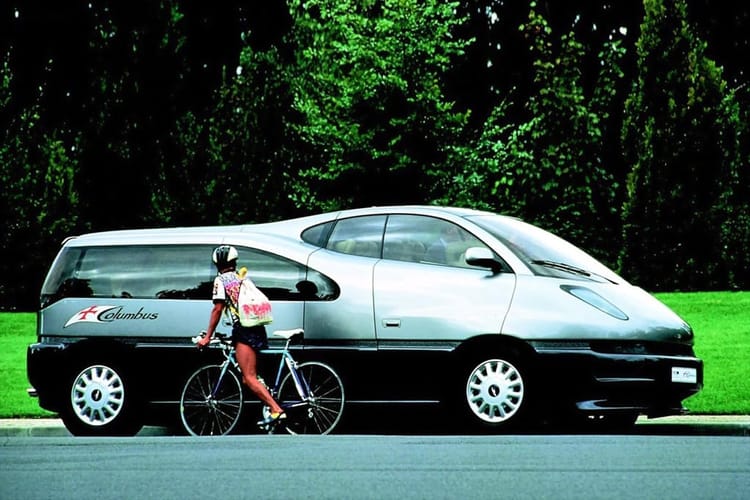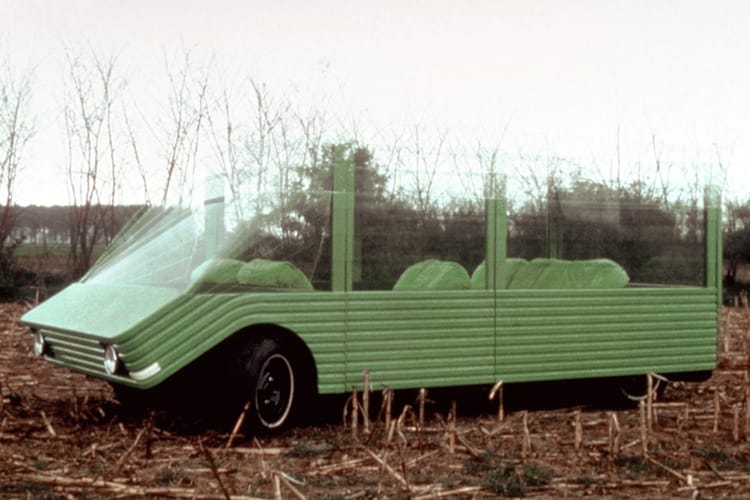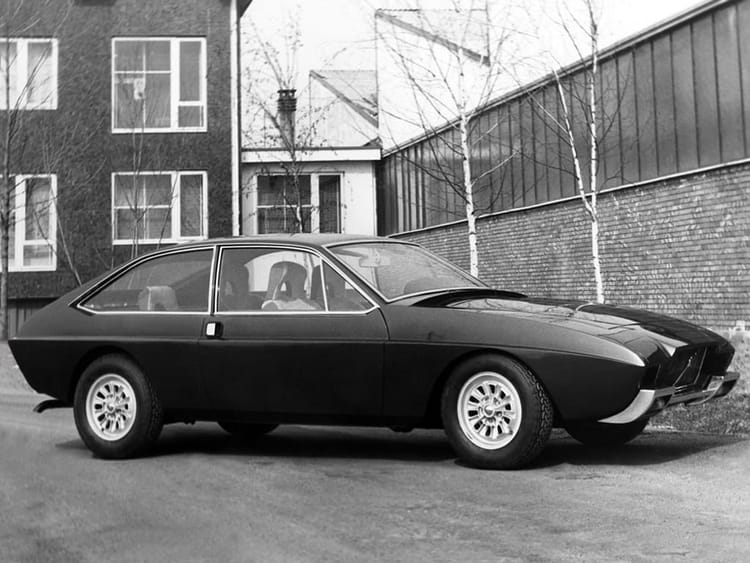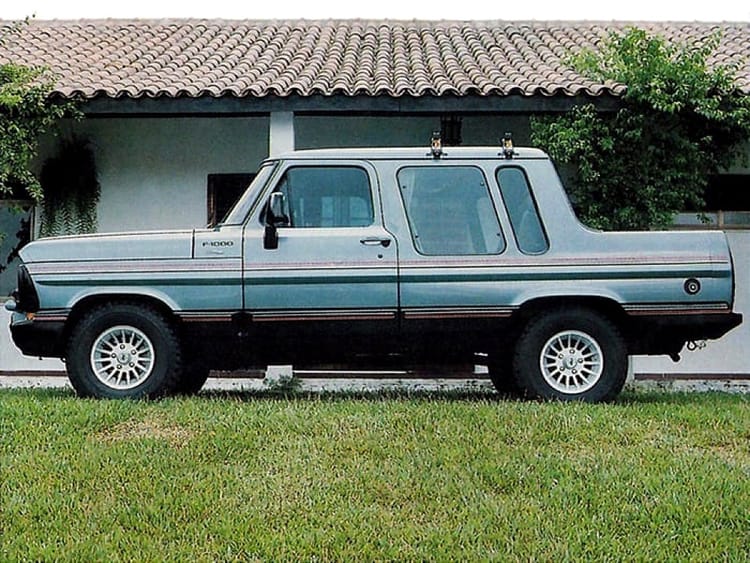Isotta Fraschini T8
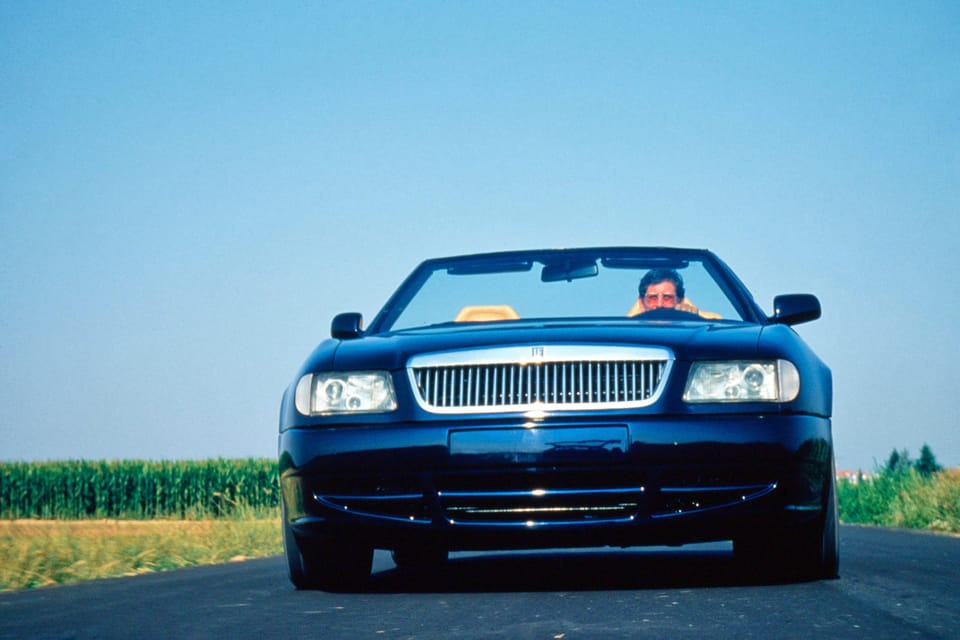
I've read countless tales about this stuff and I think I've figured it out: it's more difficult to resurrect a car company than start a new one.
The circumstances are all broadly similar: a once-great marque goes under, the name is picked up—for a price—and the new business concern is free to hire an influential designer to pen a concept car or two.
Said reborn marque takes orders that help fund the production of its new vehicle and, voilá, a small group of talented people have a job for a year or two, before the realities of the modern automobile market set in and the whole operation tanks.
Sometimes, a marque like Duesenberg will stagger, zombie-like under the thumb of investors and dreamers, for longer than the marque survived in the first place.
Yes, sometimes consolidation conspires to give brands like Bugatti, Bentley, and Rolls-Royce a rich uncle in the form of a parent company(s) that's content to operate its boutique operation at a loss, or pass it off when it needs to raise cash.
Customers for these reborn vehicles are exactly who you’d expect, including the very investors who helped to fund the operation in the first place.
I contend that if surviving and flourishing among these high net worth individuals was easy, every defunct automaker would be doing it, so put this line of work down as: risky.
A music video for car collectors • Pebble Beach Concours d’Elegance
Occasionally, when a car company dies, it takes another with it — unless the automaker is DAF, Tatra, Matra (no relation), and Isotta Fraschini — four examples of automakers that closed or divested of its car production to save the rest of the company.
This particular group also has something in common: a successful future in building heavy trucks and equipment, not cars.
Enter Isotta Fraschini…and its parent company, in 1993: Finmeccanica, who sold the brand to Fissore.
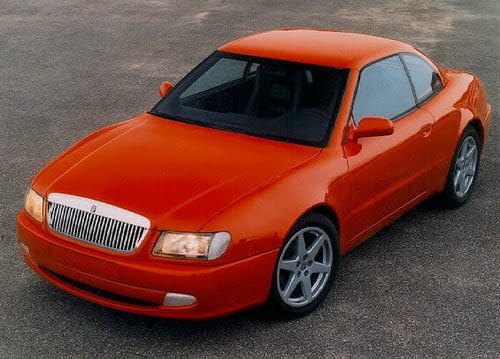
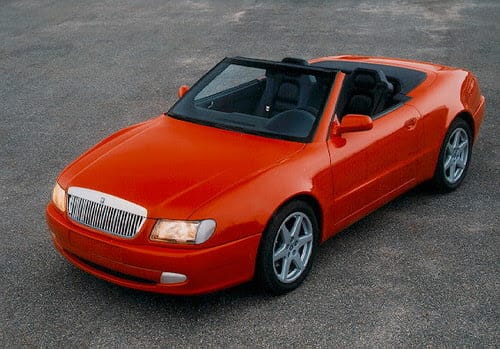
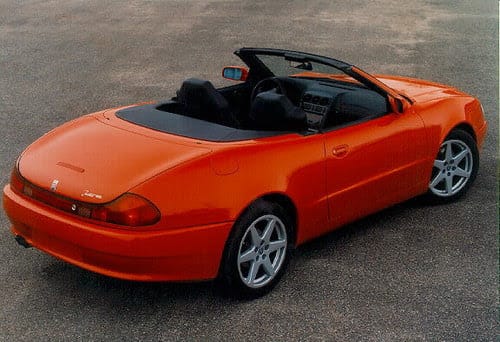
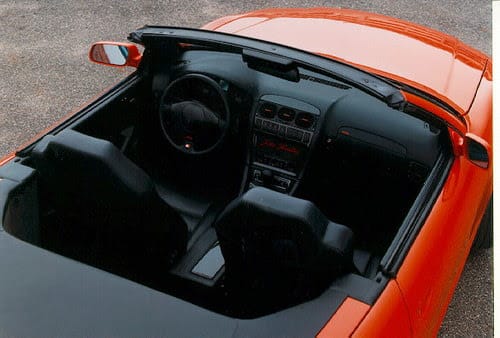
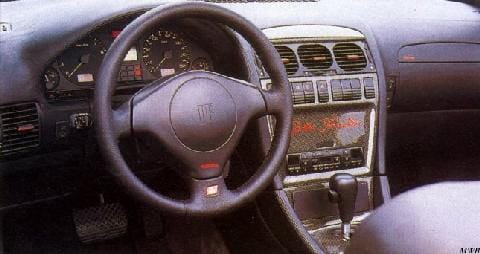
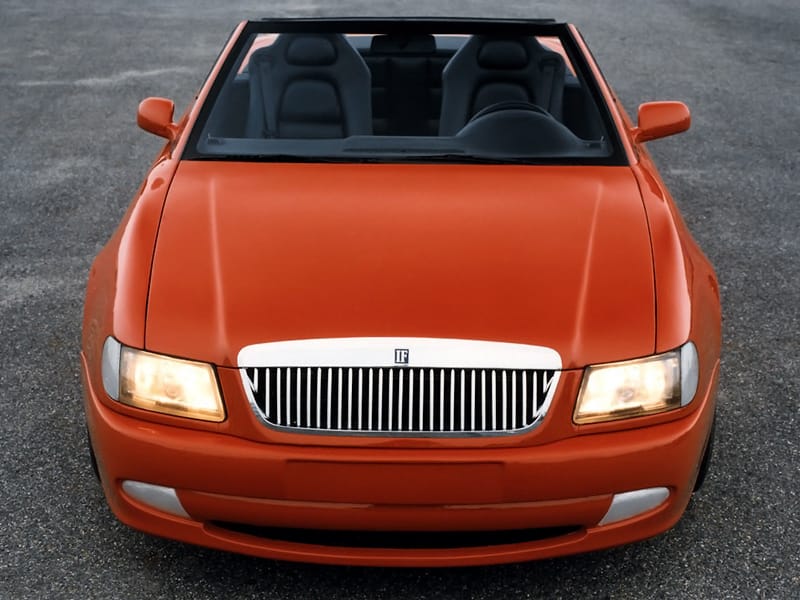
The earlier 1993 prototype version of the T8 • Isotta Fraschini
Isotta Fraschini was a once-great Italian automaker and built the sort of vehicles that make Concours junkies weak in the knees.
The company made waves with its success in road races like the Targa Florio, and used that success to engineer a number of chassis that were bodied for the world's elite — the iconic, unmistakably opulent classic car owned by Norma Desmond in Sunset Boulevard was an Isotta Fraschini.
From 1949 until the mid-'90s, Isotta Fraschini had found enough success in trucks and machinery to keep the company going, until it decided to make a bold move and introduce a car for the world's wealthy. Again.
Like I-F, if I was making a modern vehicle for the elite, I'd probably set my crosshairs on the Mercedes-Benz SL. Two-door cars can be easier to engineer than four-doors, they often look better and, provided the drivetrain is strong, will return good performance. Intended for weekend use, and prized for their rarity, owners of these cars can also be strangely more forgiving when a fault is found. It’s bespoke, my dear.


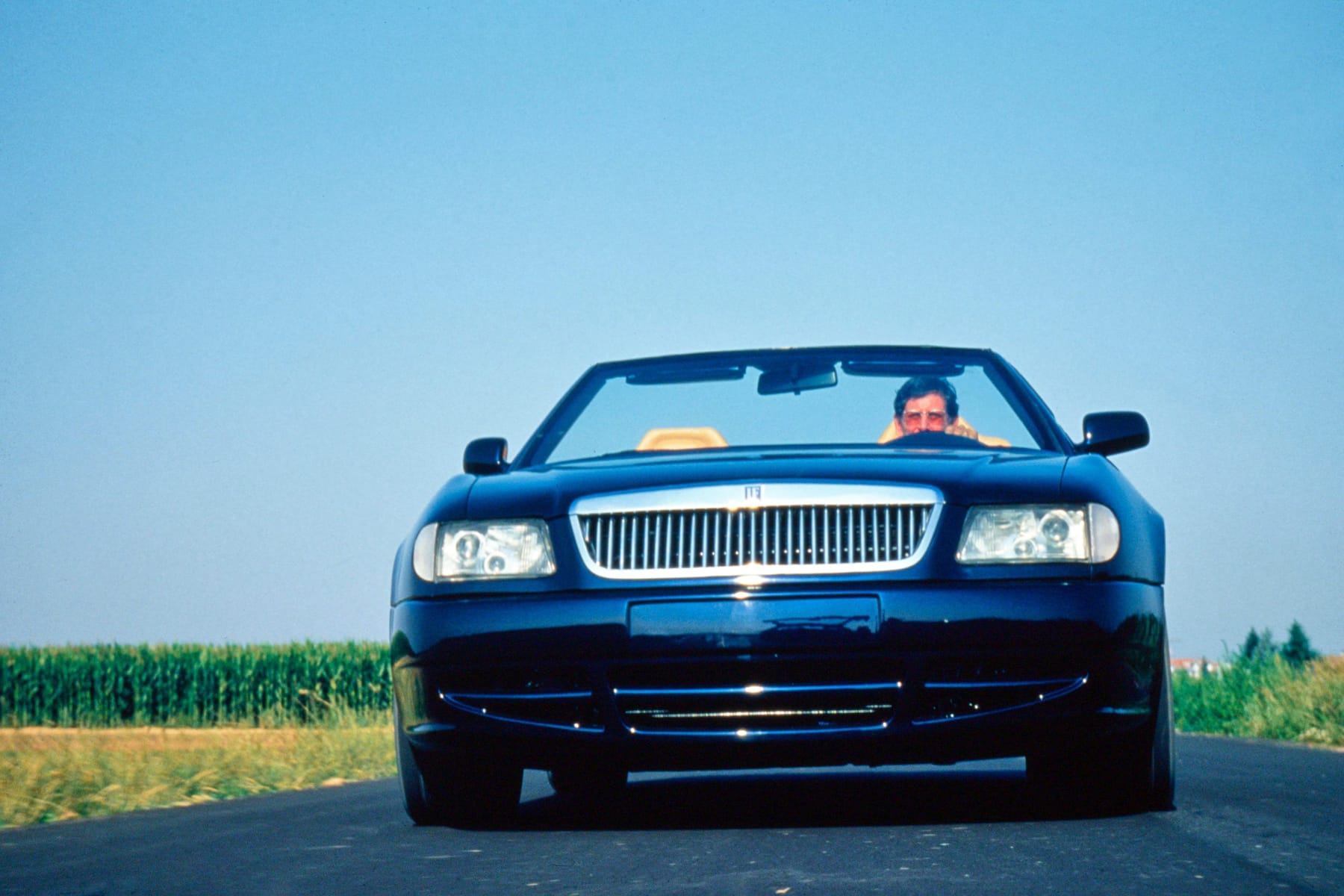
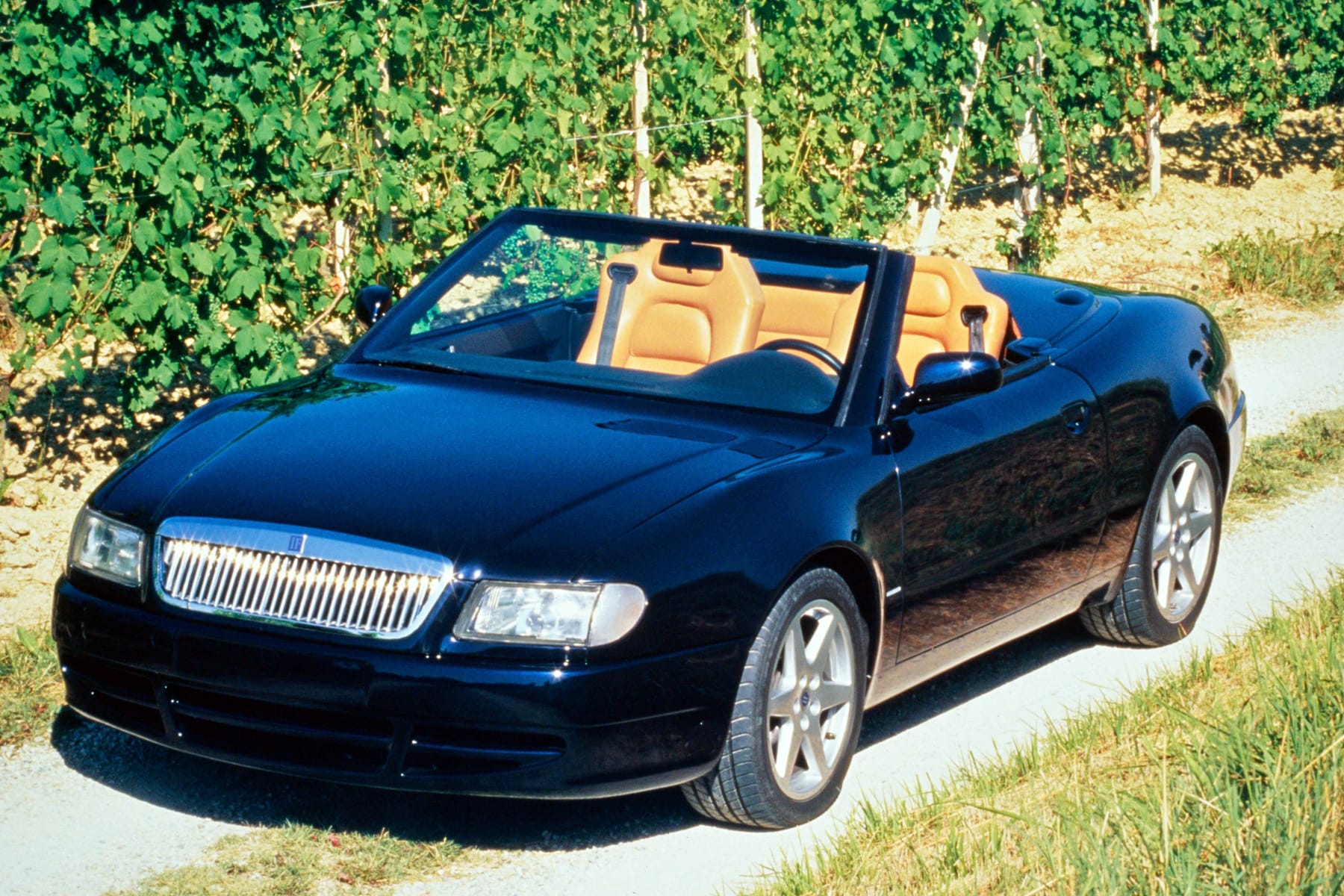
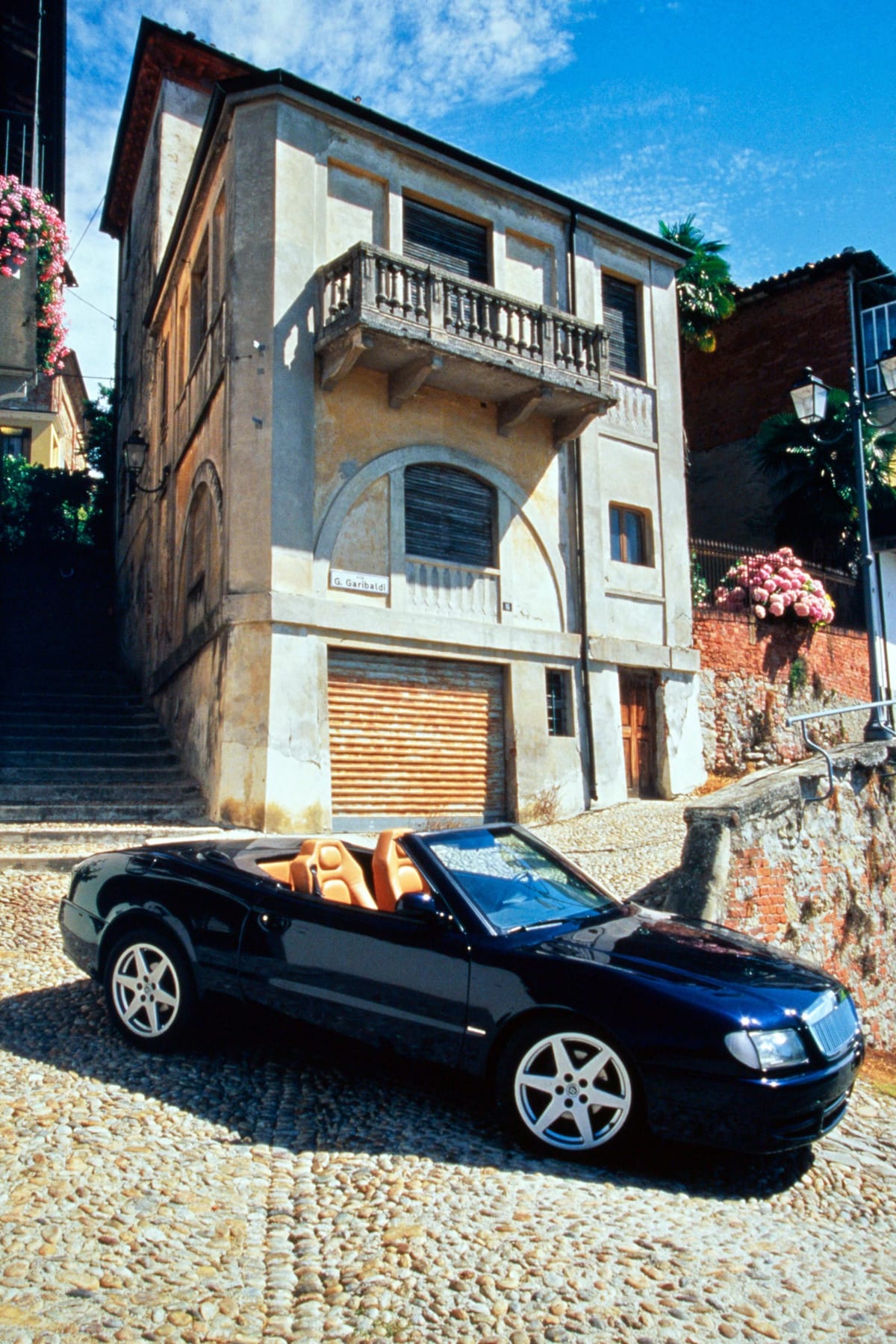
The 1998 version of the car; note that some were powered by Ford Mustang V8 engines, according to the Lopresto Collection • Isotta Fraschini
In 1993, Italdesign completed a prototype for Isotta Fraschini (the red car above). But it needed more time to complete the project. With former Pininfarina and Ghia designer Tom Tjaarda at the helm and Audi A8 mechanicals to power its new luxury convertible, Isotta Fraschini debuted the revised and renamed T8 at the 1996 Geneva Motor Show.


